cartonnage
« Quand le couvercle de cartonnage d’un « certain Djemoutefânkh » retrouve sa moitié… Une histoire de rĂ©colement au musĂ©e de Grenoble ! »
ENiM 7, 2014, p. 287-313.
 Sous forme d’une enquête muséologique débutant avec le récolement des antiquités égyptiennes effectué au musée de Grenoble en 2012, cet exposé tente de retracer le parcours d’une cuve de cartonnage, oubliée durant un siècle et demi des inventaires et catalogues d’exposition. Son association au couvercle de cartonnage d’un « certain Djemoutefânkh » est l’aboutissement de nos investigations.
Sous forme d’une enquête muséologique débutant avec le récolement des antiquités égyptiennes effectué au musée de Grenoble en 2012, cet exposé tente de retracer le parcours d’une cuve de cartonnage, oubliée durant un siècle et demi des inventaires et catalogues d’exposition. Son association au couvercle de cartonnage d’un « certain Djemoutefânkh » est l’aboutissement de nos investigations.
 As a museological investigation starting with the “récolement” of Egyptian antiquities in the museum of Grenoble in 2012, this presentation is an attempt to retrace the course of a cartonnage’s bed forgotten for one and half century by the inventories and catalogs of exhibition. The outcome of the study is the association of this object with the cartonnage’s lid of a “certain Djemoutefânkh”.
As a museological investigation starting with the “récolement” of Egyptian antiquities in the museum of Grenoble in 2012, this presentation is an attempt to retrace the course of a cartonnage’s bed forgotten for one and half century by the inventories and catalogs of exhibition. The outcome of the study is the association of this object with the cartonnage’s lid of a “certain Djemoutefânkh”.
 Consulter cet article (42155) -
Consulter cet article (42155) -  Télécharger cet article au format pdf (23573)
Télécharger cet article au format pdf (23573)
« Arsenic et vieilles bandelettes. Les ensembles funĂ©raires du musĂ©e Crozatier au Puy-en-Velay »
ENiM 15, 2022, p. 1-34.
 Les travaux de rénovation du musée Crozatier ont fourni l’occasion propice à l’étude de deux ensembles funéraires égyptiens rapportés en France au XIXe siècle. Cette étude pluridisciplinaire, qui a réuni l’équipe du musée, V. Desclaux, des restauratrices d’œuvres d’art, l’équipe du service d’imagerie médicale de l’hôpital Emile-Roux au Puy-en-Velay et la responsable du groupe datation du C2RMF, offre ainsi la première édition des textes des cercueils ainsi qu’un nouvel exemple de momie (Djedimenet) contenant une figurine de terre cuite de forme anthropomorphe, permettant ainsi d’enrichir un corpus en cours de constitution. L’analyse de la momie renfermée dans le cercueil de la dame Henout a quant à elle révélé que cette momie n’était pas celle de dame Henout, puisqu’il s’agit… d’un homme !
Les travaux de rénovation du musée Crozatier ont fourni l’occasion propice à l’étude de deux ensembles funéraires égyptiens rapportés en France au XIXe siècle. Cette étude pluridisciplinaire, qui a réuni l’équipe du musée, V. Desclaux, des restauratrices d’œuvres d’art, l’équipe du service d’imagerie médicale de l’hôpital Emile-Roux au Puy-en-Velay et la responsable du groupe datation du C2RMF, offre ainsi la première édition des textes des cercueils ainsi qu’un nouvel exemple de momie (Djedimenet) contenant une figurine de terre cuite de forme anthropomorphe, permettant ainsi d’enrichir un corpus en cours de constitution. L’analyse de la momie renfermée dans le cercueil de la dame Henout a quant à elle révélé que cette momie n’était pas celle de dame Henout, puisqu’il s’agit… d’un homme !
 Renovation works on the Crozatier museum provided the perfect opportunity to study two Egyptian wooden coffins including human mummies which were brought to France in the 19th century. This multidisciplinary study, which brought together the museum team, V. Desclaux from the BNF, conservators, the team of the medical imaging department at Emile-Roux hospital in Le Puy-en-Velay and the person in charge of C14 dating for the C2RMF in Paris, offers the first edition of the funerary texts of the two coffins and of Djedimenet's painted cartonnage of as well as a new example of a mummy containing an anthropomorphic terracotta figurine. Analysis of the mummy enclosed in the lady’s coffin revealed that this mummy was not that of Dame Henout[nefer?], since (s)he is ...a man !
Renovation works on the Crozatier museum provided the perfect opportunity to study two Egyptian wooden coffins including human mummies which were brought to France in the 19th century. This multidisciplinary study, which brought together the museum team, V. Desclaux from the BNF, conservators, the team of the medical imaging department at Emile-Roux hospital in Le Puy-en-Velay and the person in charge of C14 dating for the C2RMF in Paris, offers the first edition of the funerary texts of the two coffins and of Djedimenet's painted cartonnage of as well as a new example of a mummy containing an anthropomorphic terracotta figurine. Analysis of the mummy enclosed in the lady’s coffin revealed that this mummy was not that of Dame Henout[nefer?], since (s)he is ...a man !
 Consulter cet article (36926) -
Consulter cet article (36926) -  Télécharger cet article au format pdf (17142)
Télécharger cet article au format pdf (17142)
« Disoukhonsou, prĂŞtre de Coptos Ă la 25e dynastie. ConsidĂ©rations techniques et symboliques sur les cercueils bivalves thĂ©bains »
ENiM 15, 2022, p. 181-212.
 Le cercueil égyptien conservé au musée Jacquemart-André appartient à un certain Disoukhonsou, prêtre de Coptos à la 25e dynastie. Son étude et sa restauration ont fourni l’occasion de le replacer au sein de la production des cercueils bivalves, caractéristiques des 25e-26e dynasties. Le cercueil bivalve est conçu, techniquement et symboliquement, comme une enveloppe-cocon, à l’instar de l’enveloppe de cartonnage de l’époque libyenne qu’il remplace progressivement. Il présente une particularité technique dérivant des cartonnages : l’application d’une toile enveloppante support du décor, recouvrant toute la surface extérieure, englobant cuve et couvercle en un tout. Il est proposé de considérer l’enveloppement intégral de toile à l’extérieur du cercueil comme l’un des critères propres aux cercueils bivalves thébains des 25-26e dynasties. S’il est possible que la momie ait été mise en place avant la réalisation du décor, une hypothèse différente est ici défendue, privilégiant un autre enchaînement des étapes de réalisation : le cercueil était entièrement réalisé et décoré, avant d’être rouvert en découpant la toile pour y insérer la momie, puis refermé. Cette re-fermeture matérielle s’accompagnait probablement d’une réparation symbolique, tout aussi efficiente dans la pensée égyptienne pour rétablir l’herméticité recherchée. L’étude réalisée, principalement sur les cercueils du musée du Louvre, expose les éléments réunis pour étayer ces hypothèses et invite les chercheurs à multiplier l’examen d’autres cercueils afin de les enrichir et discuter.
Le cercueil égyptien conservé au musée Jacquemart-André appartient à un certain Disoukhonsou, prêtre de Coptos à la 25e dynastie. Son étude et sa restauration ont fourni l’occasion de le replacer au sein de la production des cercueils bivalves, caractéristiques des 25e-26e dynasties. Le cercueil bivalve est conçu, techniquement et symboliquement, comme une enveloppe-cocon, à l’instar de l’enveloppe de cartonnage de l’époque libyenne qu’il remplace progressivement. Il présente une particularité technique dérivant des cartonnages : l’application d’une toile enveloppante support du décor, recouvrant toute la surface extérieure, englobant cuve et couvercle en un tout. Il est proposé de considérer l’enveloppement intégral de toile à l’extérieur du cercueil comme l’un des critères propres aux cercueils bivalves thébains des 25-26e dynasties. S’il est possible que la momie ait été mise en place avant la réalisation du décor, une hypothèse différente est ici défendue, privilégiant un autre enchaînement des étapes de réalisation : le cercueil était entièrement réalisé et décoré, avant d’être rouvert en découpant la toile pour y insérer la momie, puis refermé. Cette re-fermeture matérielle s’accompagnait probablement d’une réparation symbolique, tout aussi efficiente dans la pensée égyptienne pour rétablir l’herméticité recherchée. L’étude réalisée, principalement sur les cercueils du musée du Louvre, expose les éléments réunis pour étayer ces hypothèses et invite les chercheurs à multiplier l’examen d’autres cercueils afin de les enrichir et discuter.
 The Egyptian coffin kept in the Jacquemart-André museum belongs to a certain Disoukhonsou, priest of Coptos in the 25th Dynasty. Its study and restoration provided the opportunity to place it back within the production of bivalve coffins characteristic of the 25-26th Dynasties. The bivalve coffin is technically and symbolically designed as a cocoon-shell, much like the Libyan cartonnage case it gradually replaces. It shows a technical peculiarity deriving from cartonnage cases: the application of an enveloping linen for the decoration, covering the entire exterior surface, encompassing the box and lid in a whole. It is proposed to consider the linen wrap on the outside of the coffin as one of the criteria specific to Theban bivalve coffins of the 25-26th Dynasties. If the mummy may sometimes have been put in place before decorating, a different hypothesis is defended here, favoring another sequence of crafting steps: the coffin was entirely made and decorated, before being reopened by cutting the canvas to insert the mummy, then closed again. This material re-closure was probably accompanied by a symbolic repair, just as effective to the Egyptian mind-frame in order to recreate the sought-after hermeticity. The study carried out, mainly on the Louvre coffins, describes the elements gathered to support these hypotheses and invites researchers to examine other coffins in order to enrich and discuss them.
The Egyptian coffin kept in the Jacquemart-André museum belongs to a certain Disoukhonsou, priest of Coptos in the 25th Dynasty. Its study and restoration provided the opportunity to place it back within the production of bivalve coffins characteristic of the 25-26th Dynasties. The bivalve coffin is technically and symbolically designed as a cocoon-shell, much like the Libyan cartonnage case it gradually replaces. It shows a technical peculiarity deriving from cartonnage cases: the application of an enveloping linen for the decoration, covering the entire exterior surface, encompassing the box and lid in a whole. It is proposed to consider the linen wrap on the outside of the coffin as one of the criteria specific to Theban bivalve coffins of the 25-26th Dynasties. If the mummy may sometimes have been put in place before decorating, a different hypothesis is defended here, favoring another sequence of crafting steps: the coffin was entirely made and decorated, before being reopened by cutting the canvas to insert the mummy, then closed again. This material re-closure was probably accompanied by a symbolic repair, just as effective to the Egyptian mind-frame in order to recreate the sought-after hermeticity. The study carried out, mainly on the Louvre coffins, describes the elements gathered to support these hypotheses and invites researchers to examine other coffins in order to enrich and discuss them.
 Consulter cet article (31522) -
Consulter cet article (31522) -  Télécharger cet article au format pdf (11812)
Télécharger cet article au format pdf (11812)
ENiM 18 - 2025
5 article(s) - 2 avril 2025.
ENiM 1 à 18 (2008-2025) : 224 articles
4 566 203 téléchargements
9 233 216 consulations.
Index des auteurs

Mots clés

Derniers articles : 
Robert Steven Bianchi
Duplication and Continuity
(ENiM 18, p. 13-36 — 11 mars 2025) 
Frédéric Mougenot
Rénénoutet à la porte de la maison
(ENiM 18, p. 1-12 — 29 janvier 2025) 
CENiM - Mise en ligne des volumes Ă©puisĂ©s : 
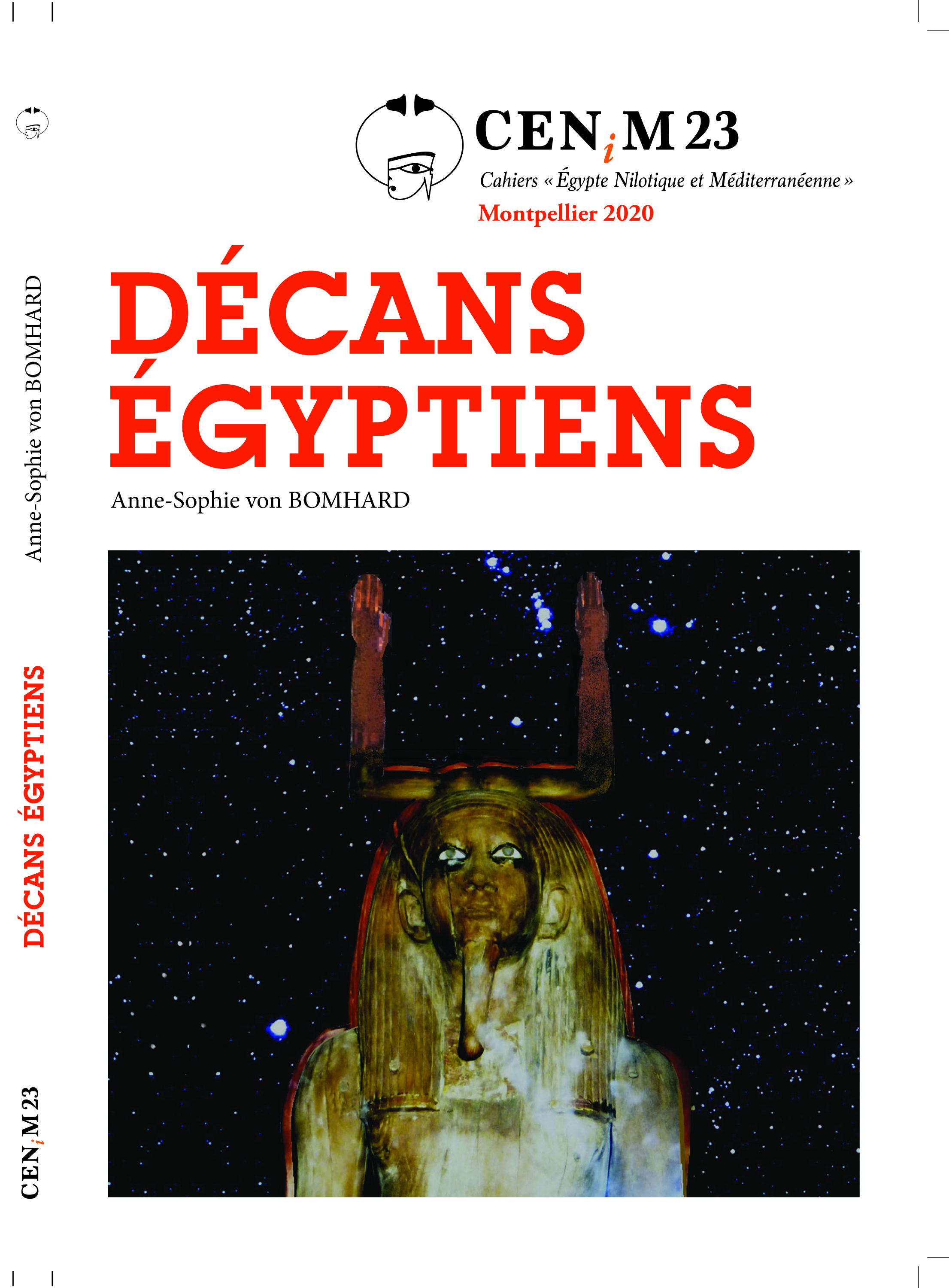 Anne-Sophie von BOMHARD DĂ©cans Ă©gyptiens, CENiM 23, Montpellier, 2020 — (2020)
Anne-Sophie von BOMHARD DĂ©cans Ă©gyptiens, CENiM 23, Montpellier, 2020 — (2020) 
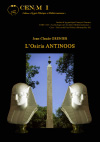 Jean-Claude Grenier L'Osiris ANTINOOS, CENiM 1, Montpellier, 2008 — (26 dĂ©cembre 2008)
Jean-Claude Grenier L'Osiris ANTINOOS, CENiM 1, Montpellier, 2008 — (26 dĂ©cembre 2008) 
TDENiM - Mise en ligne des volumes Ă©puisĂ©s : 
 Twitter
Twitter 3782573 visites - 238 visite(s) aujourd’hui - 42 connecté(s)
© ENiM - Une revue d’égyptologie sur internet
Équipe Égypte Nilotique et Méditerranéenne - UMR 5140 - « Archéologie des Sociétés Méditerranéennes » (Cnrs) - Université Paul Valéry - Montpellier III
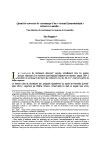
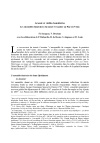
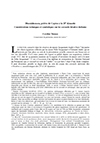
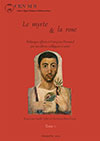
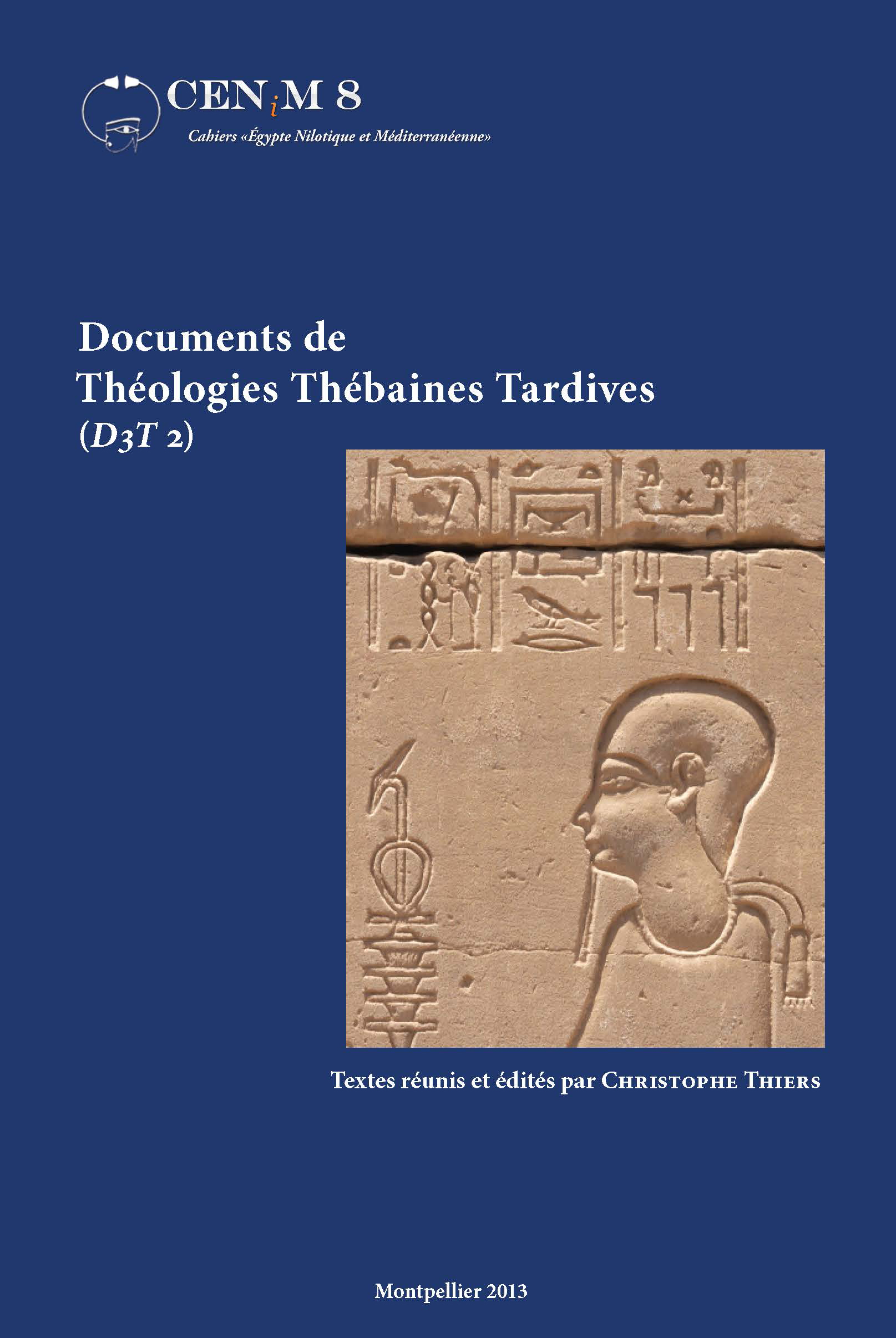
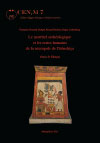
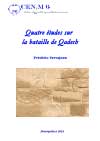
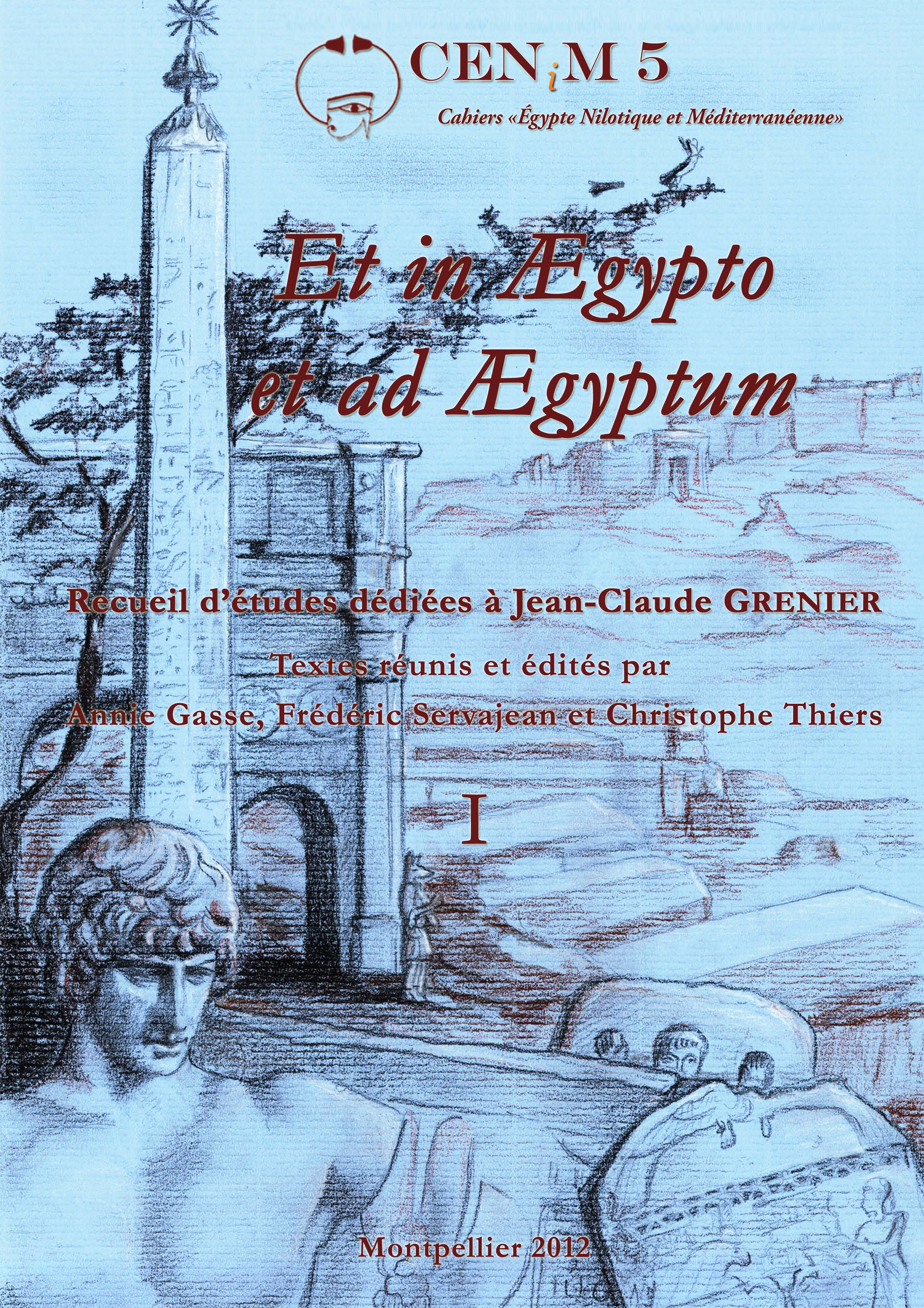
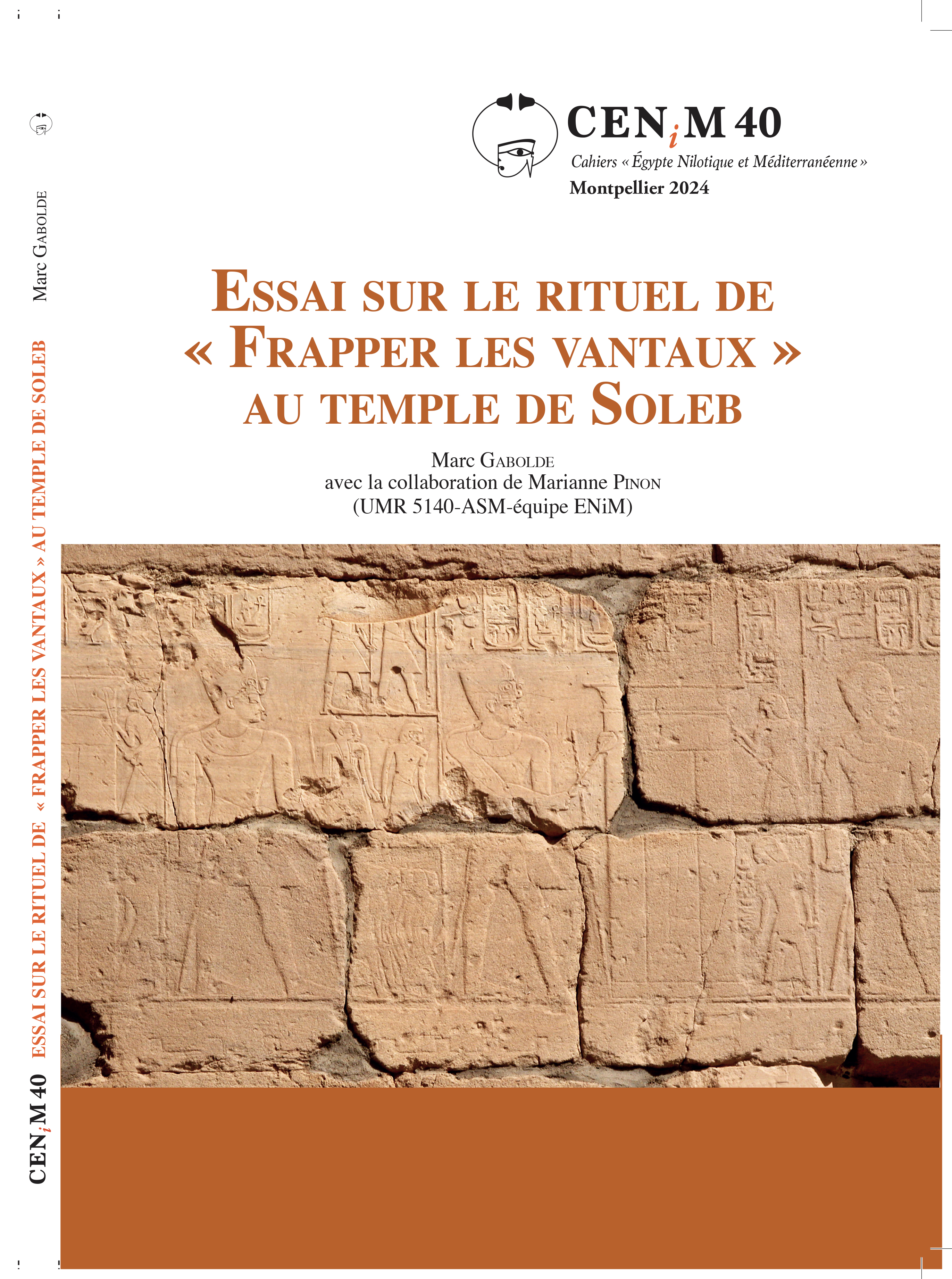
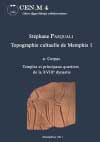
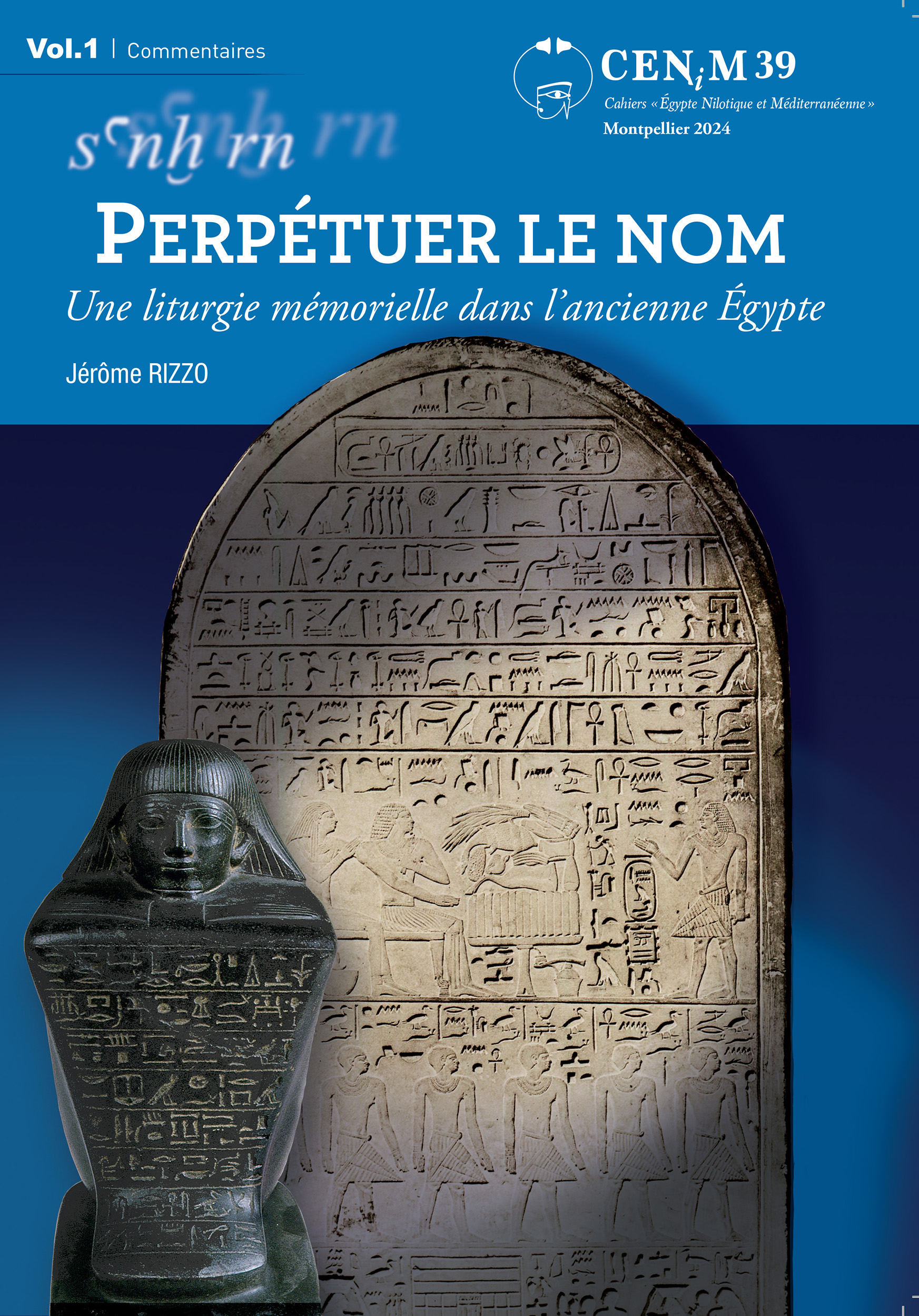
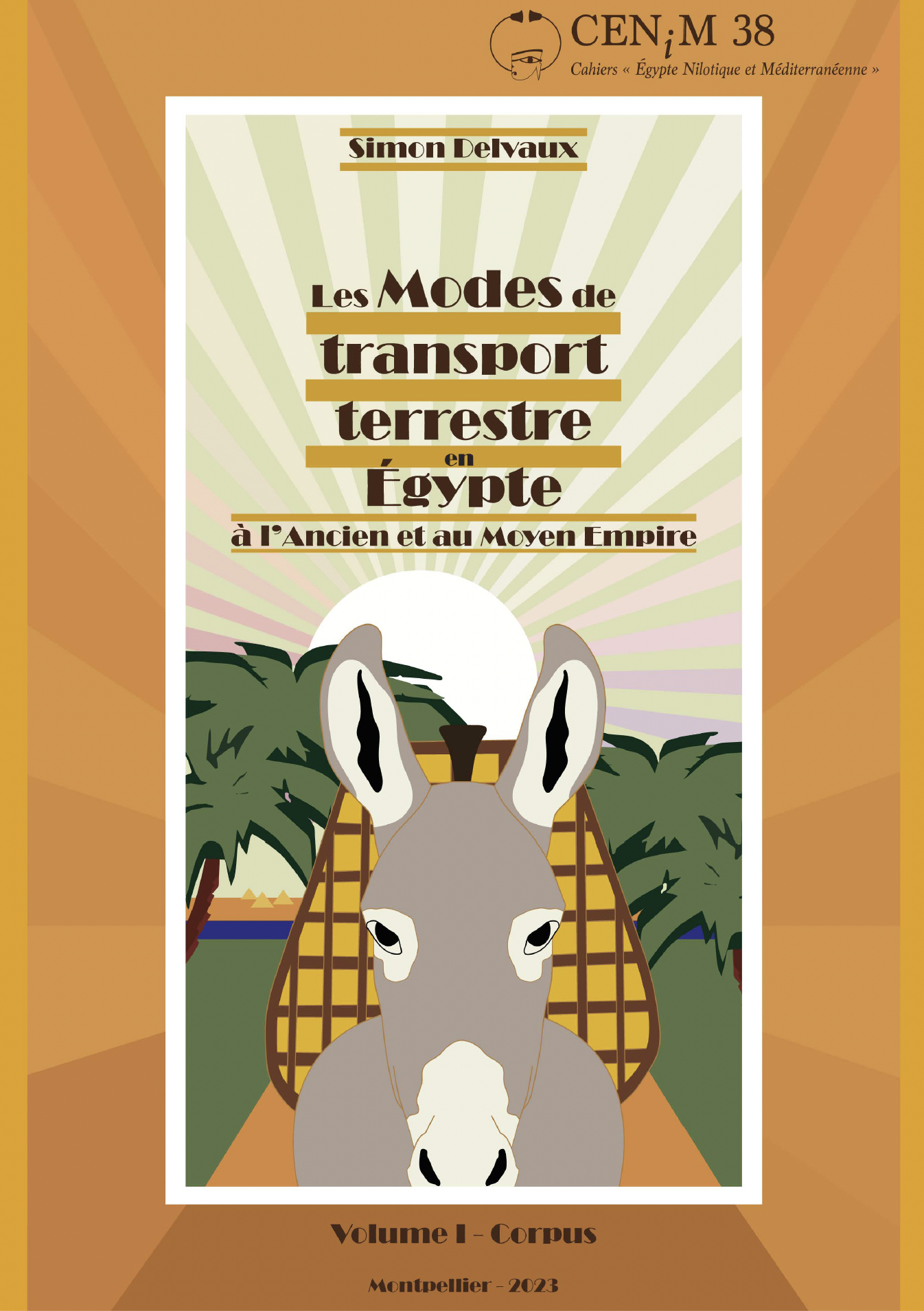
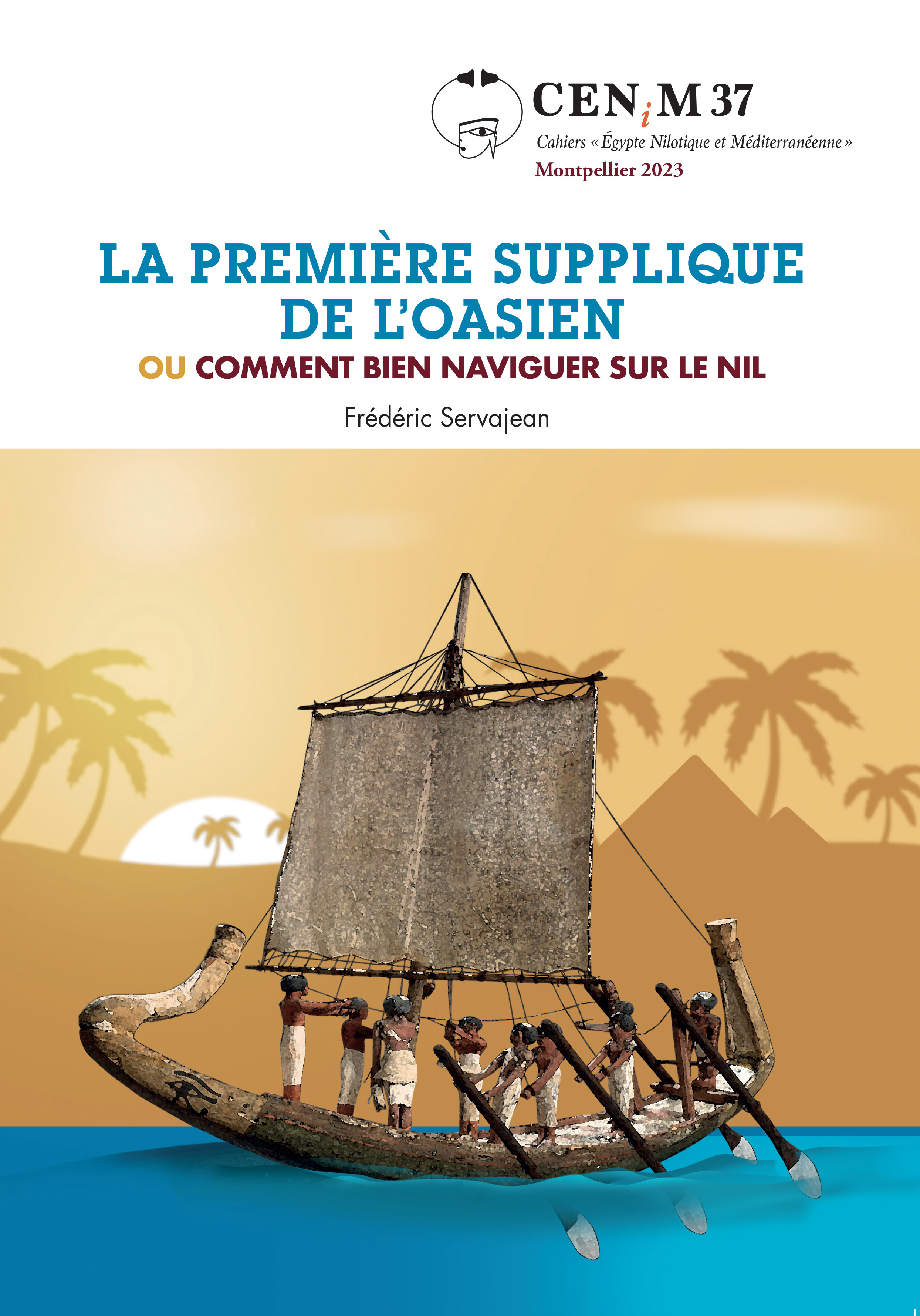
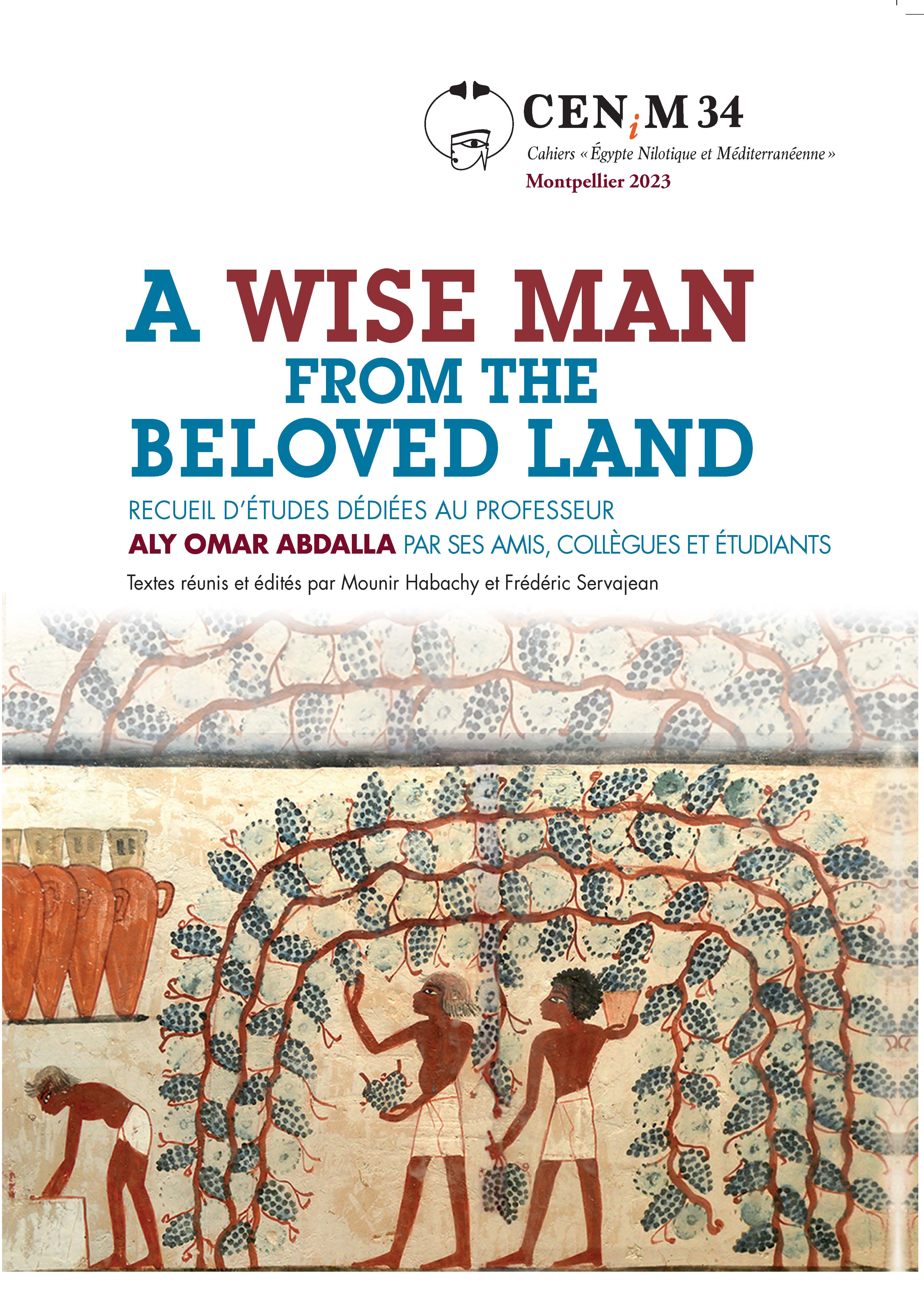
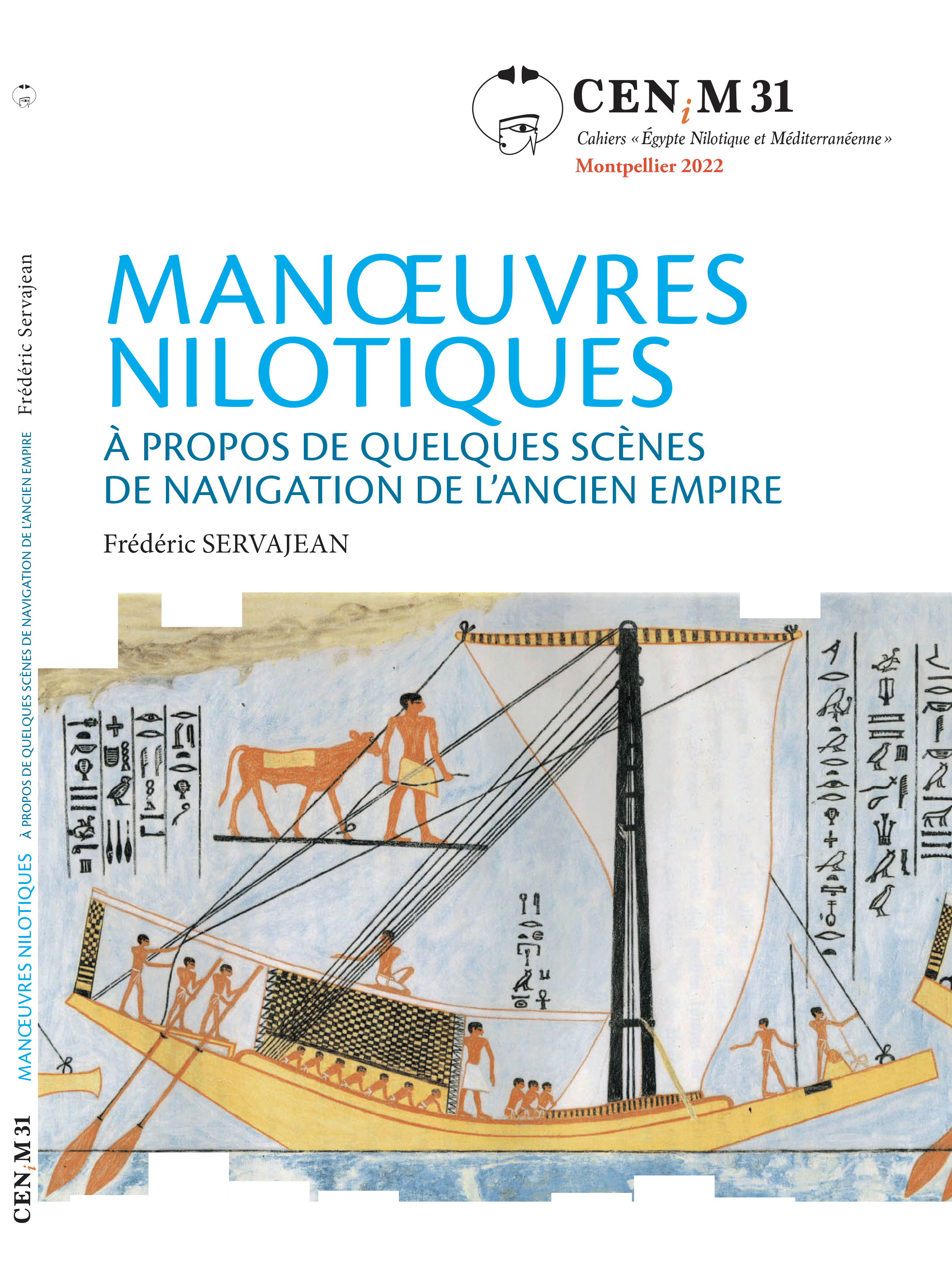
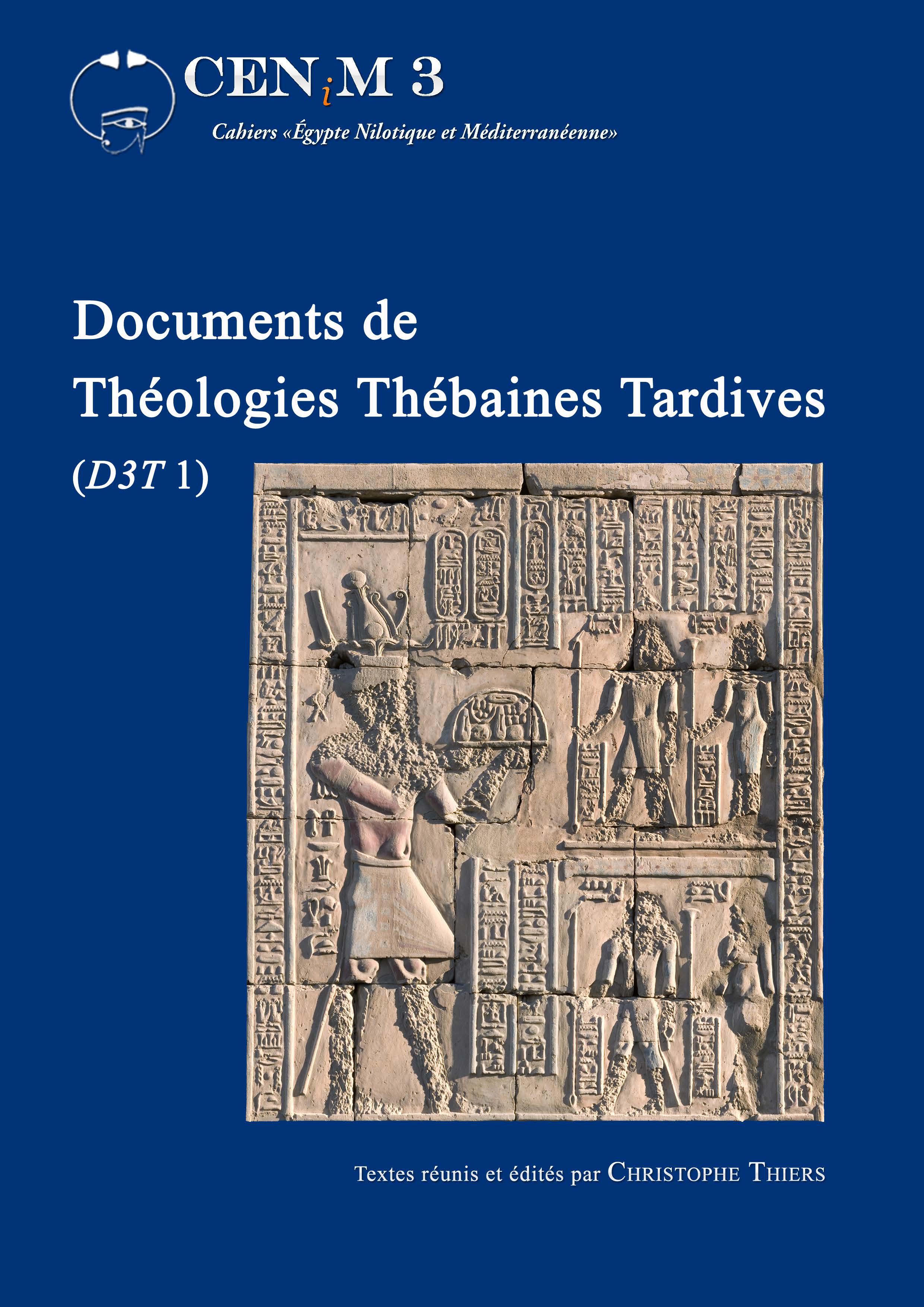
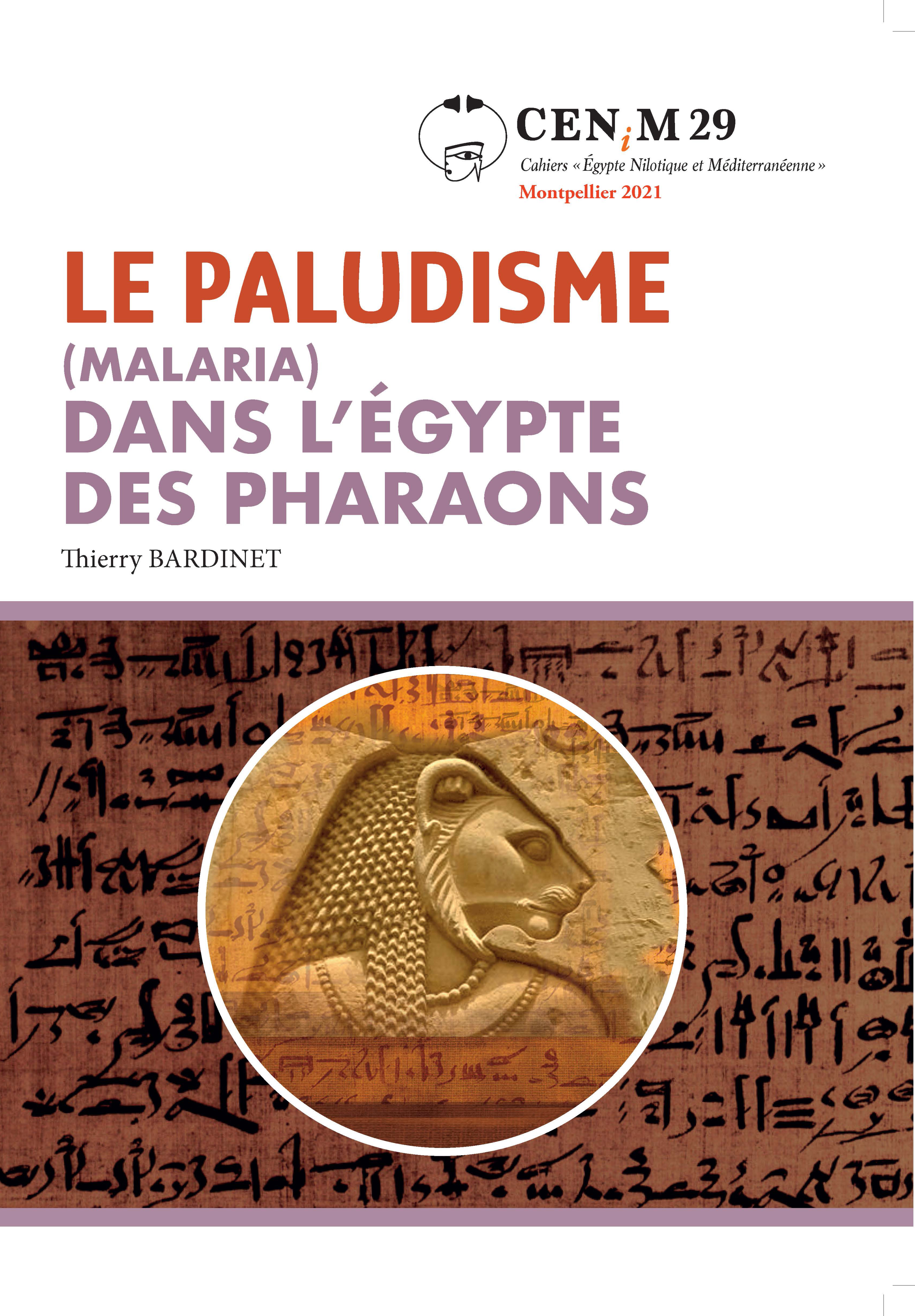
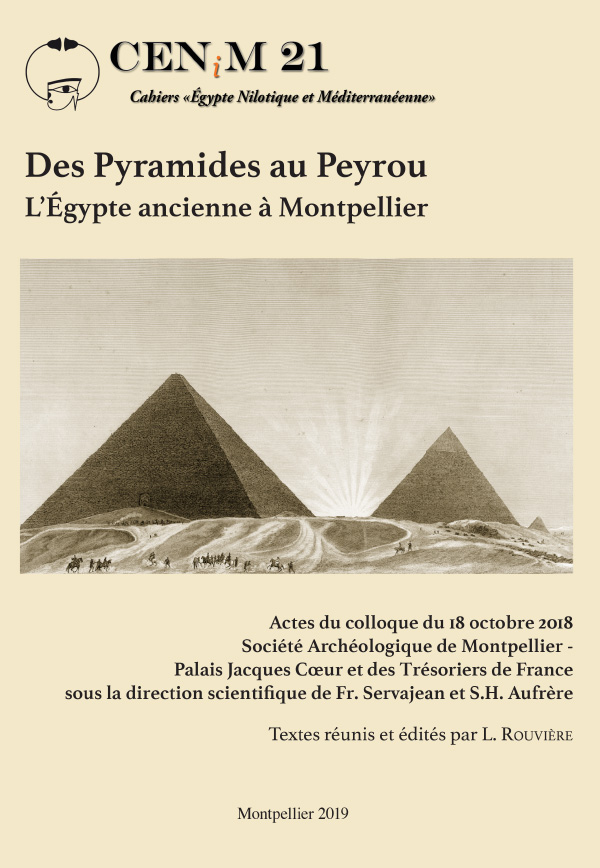
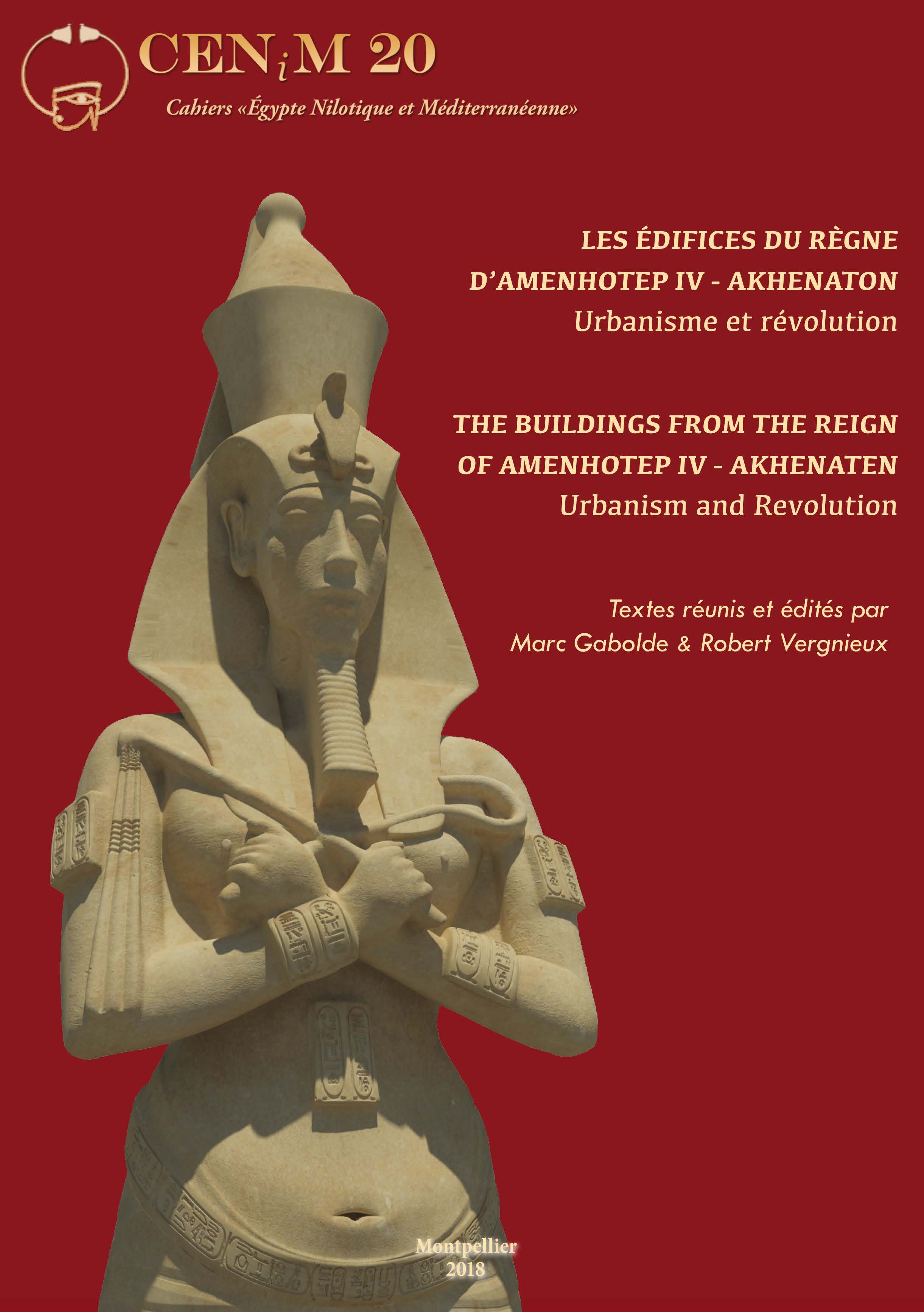
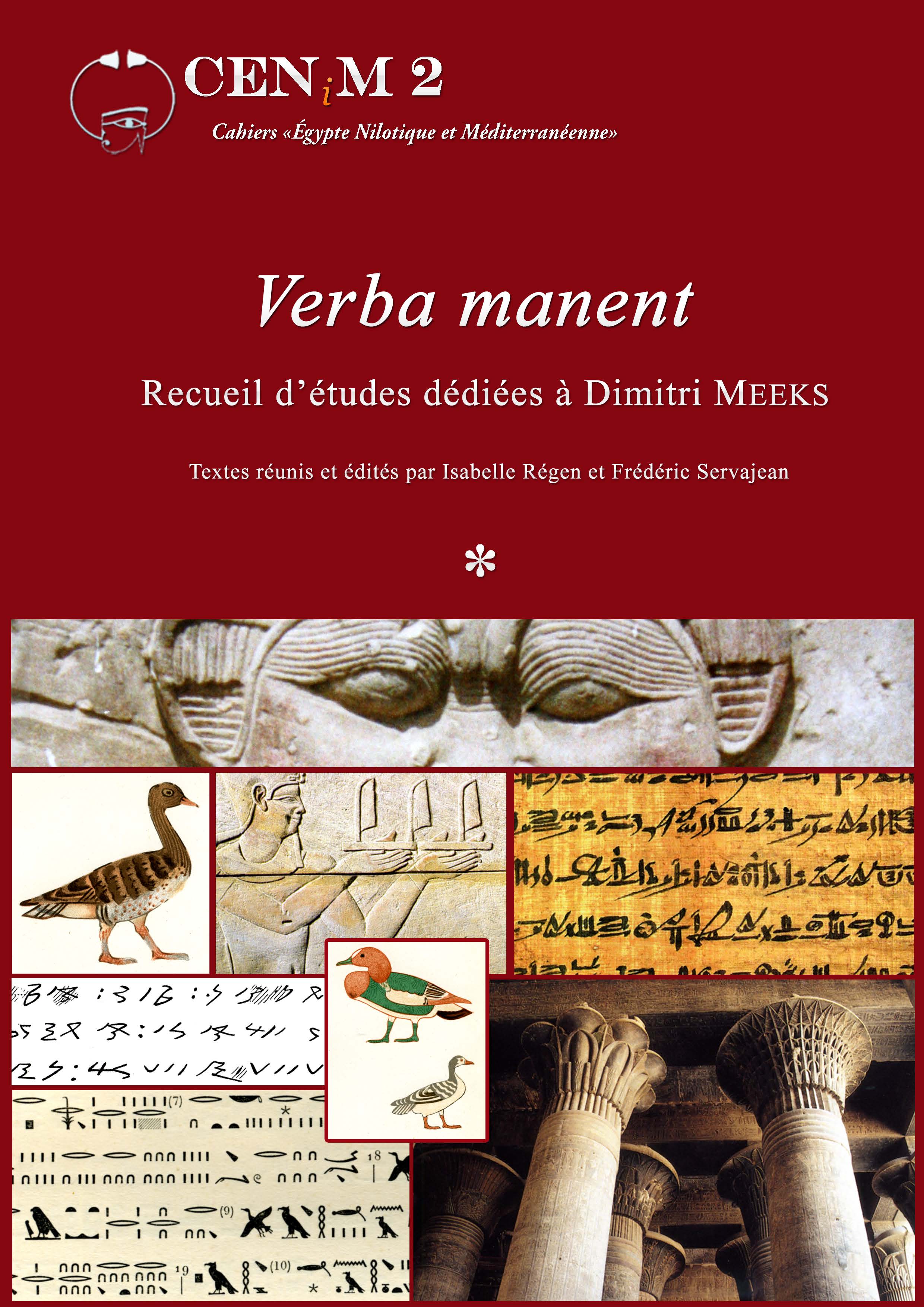
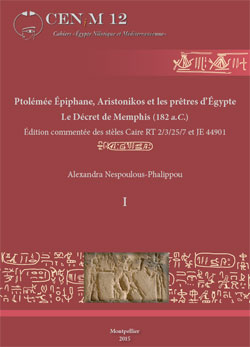
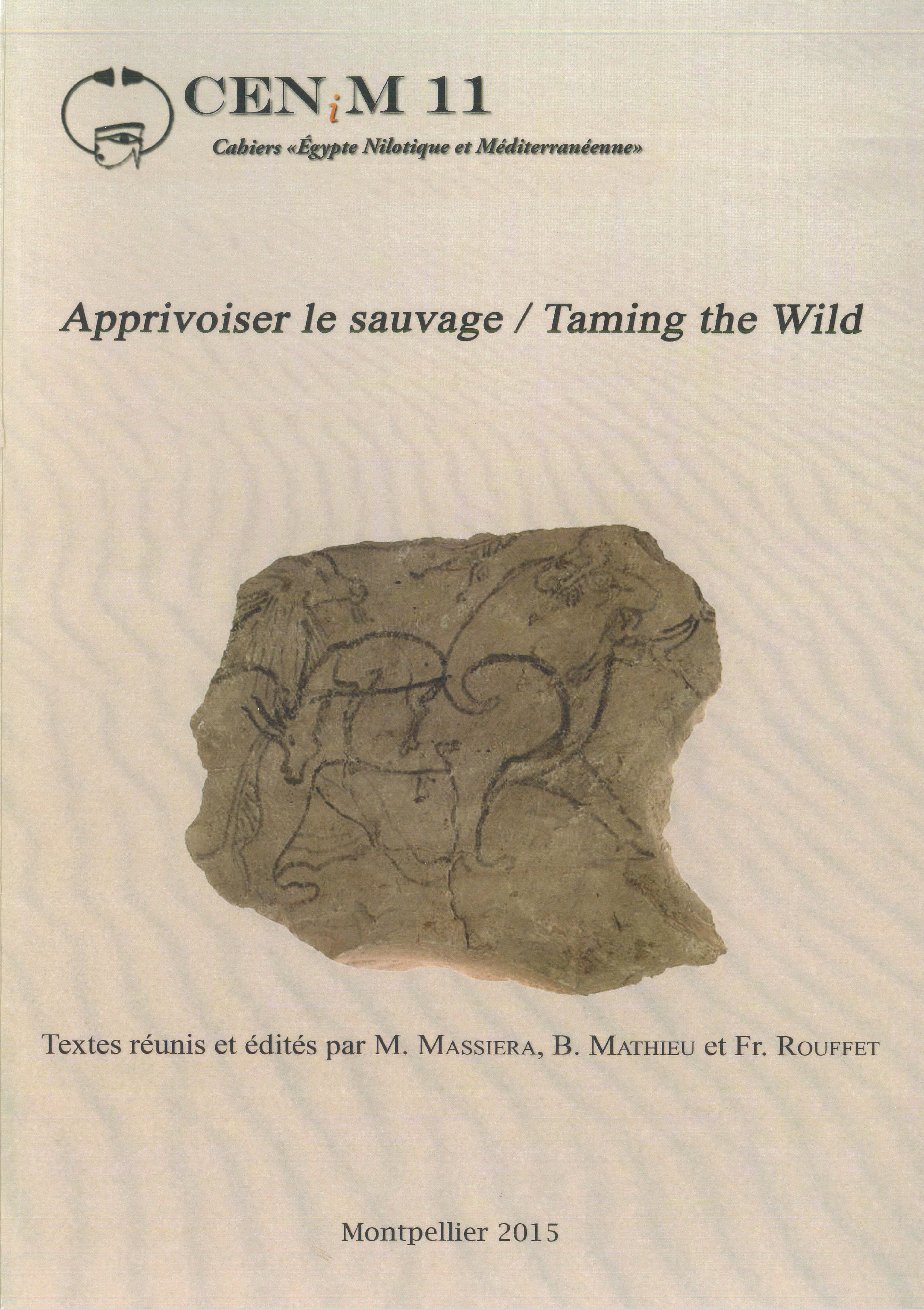
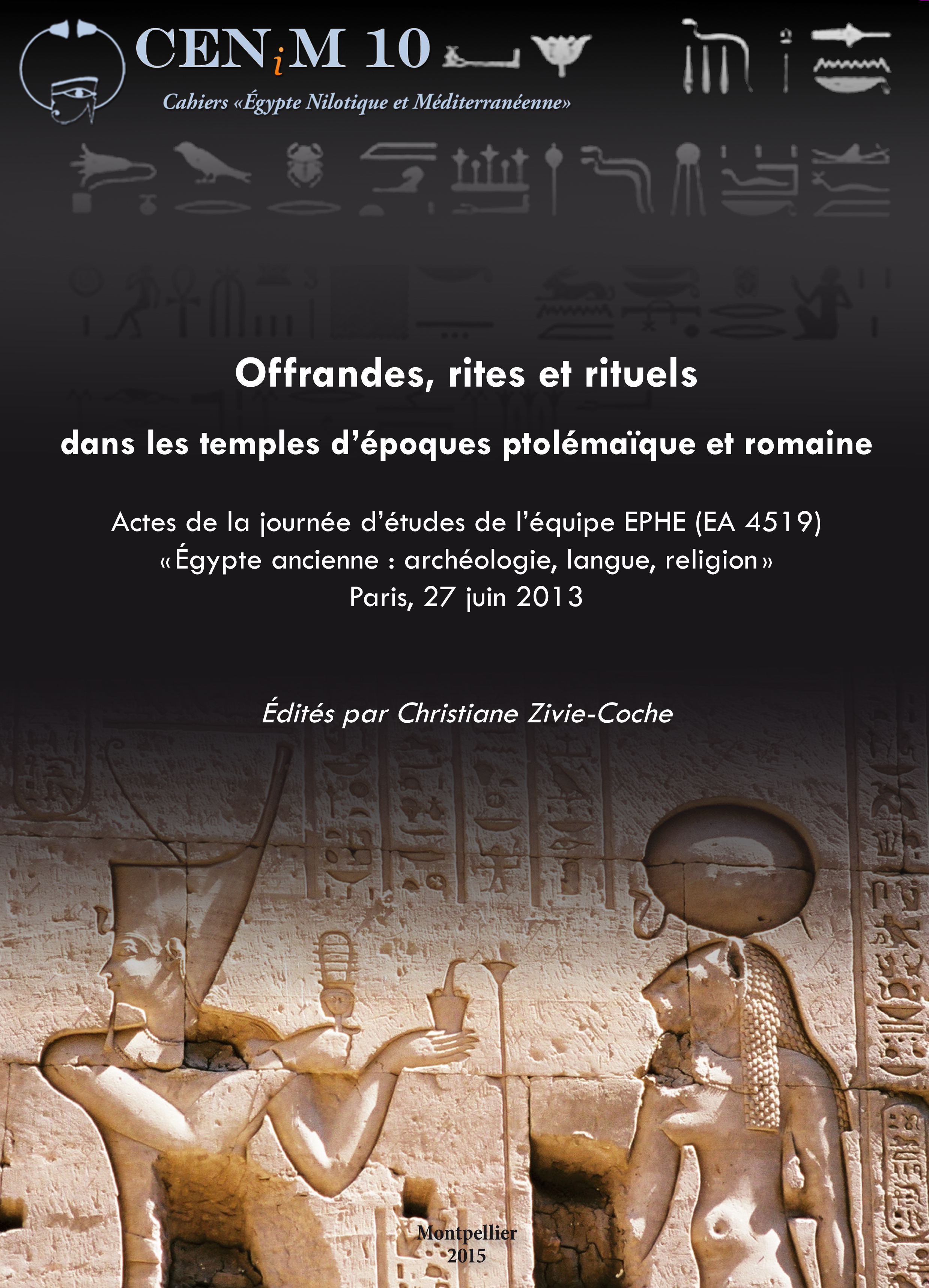
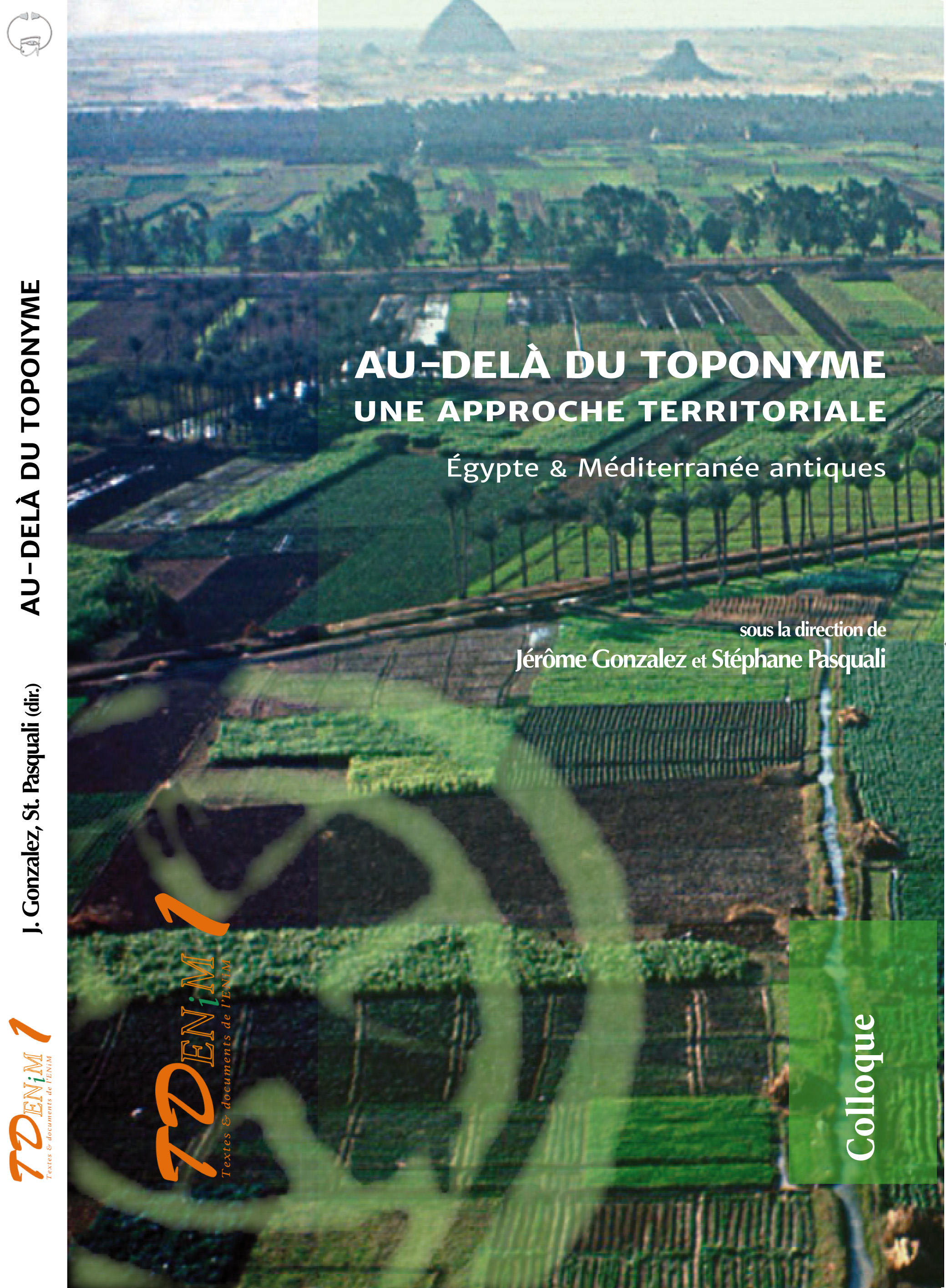
 Contact
Contact
 Abonnez-vous !
Abonnez-vous ! Équipe Égypte Nilotique et Méditerranéenne
Équipe Égypte Nilotique et Méditerranéenne UMR 5140 « Archéologie des Sociétés Méditerranéennes » (Cnrs)
UMR 5140 « Archéologie des Sociétés Méditerranéennes » (Cnrs) Université Paul Valéry - Montpellier III
Université Paul Valéry - Montpellier III